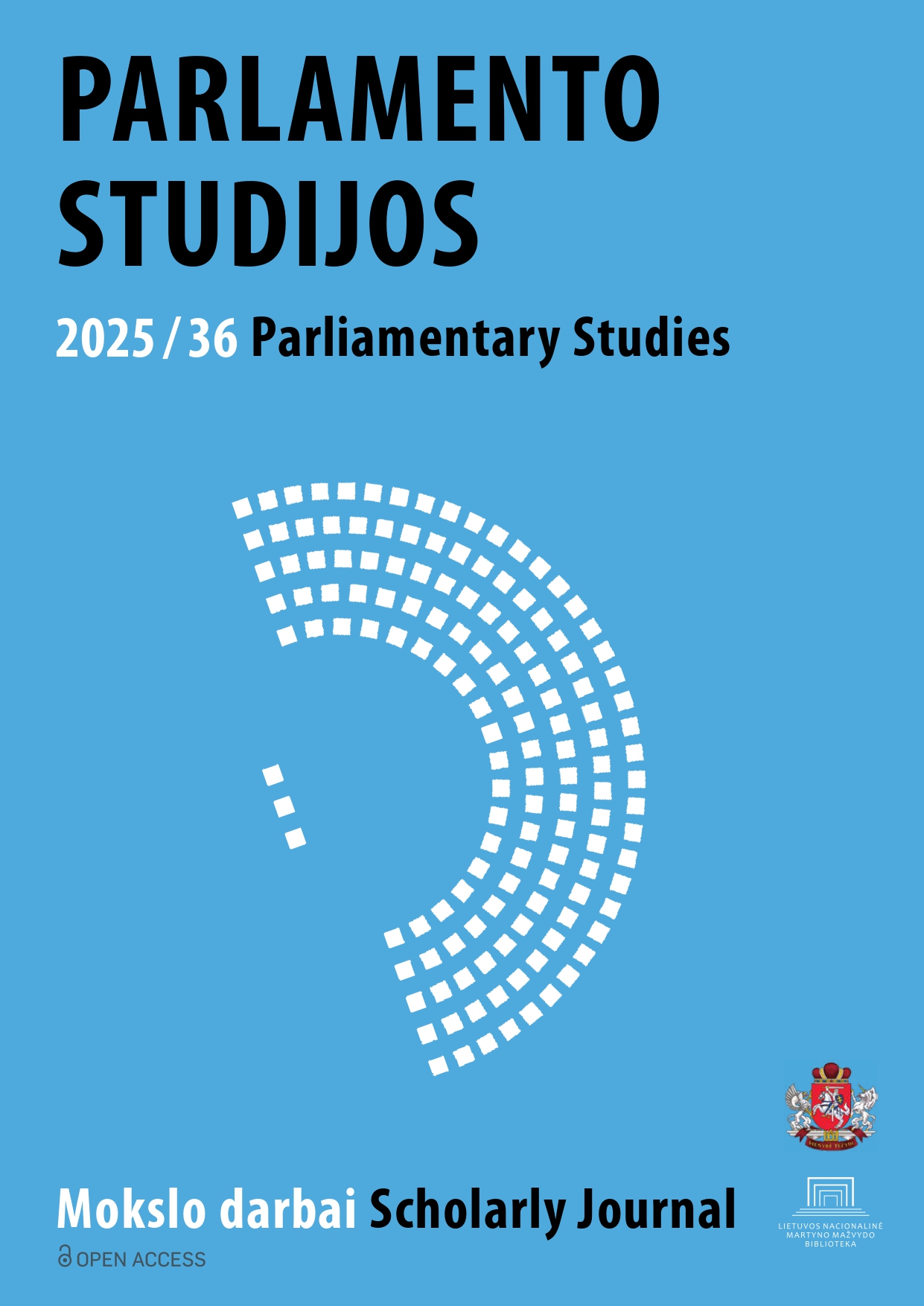The 1905 Russian Revolution and the Vilniaus Žinios Phenomenon
DOI:
https://doi.org/10.51740/PS.36.1Keywords:
1905 Russian Revolution, Lithuanian national movement, national movement, national movement structuring, Great Seimas of Vilnius, Vilniaus žiniosAbstract
A key moment in the development of the Lithuanian national movement was the Lithuanian Assembly held in Vilnius on December 4–5, 1905, commonly referred to in historiography as the Great Seimas of Vilnius. The participants adopted a series of political and national resolutions that articulated the essential aspirations of the Lithuanian nation. These resolutions also outlined core legal and state-related demands, expressing – often in concise and programmatic form – the call for Lithuania’s political autonomy. Most notably, the assembly affirmed a modern legal formulation of Lithuanian statehood: Lithuania as a state with Vilnius as its capital, and with surrounding regions voluntarily associating with it. This formulation became the foundation for all subsequent declarations of modern Lithuanian statehood.
This study analyses the role played by the first Lithuanian daily newspaper, Vilniaus žinios [Vilnius News] (1904– 1907), in the organization of the Great Seimas of Vilnius and in the dissemination of its proceedings. It examines whether the newspaper assumed the role of coordinating the intellectual efforts of the Lithuanian national movement – functions previously carried out by the Lithuanian underground periodical press (Varpas [The Bell], 1889–1905; Ūkininkas [The Farmer], 1890–1905; Tėvynės sargas [Guardian of the Fatherland], 1896–1904). The article argues that, for a brief period between September 1905 and March 1906, Vilniaus žinios became the focal point of the national movement’s activities, serving as the central medium for organizing, coordinating, and publicizing the Seimas and its resolutions – resolutions that expressed the political will of the Lithuanian nation at a critical historical juncture. It asks: What role did Vilniaus žinios play in this pivotal moment of the Lithuanian national movement? Did it become the successor to the functions previously performed by the underground Lithuanian press? And how were these developments connected to the broader context of the 1905 Russian Revolution?









 The metadata of the scholarly journals and publications of the Lithuanian National Martynas Mažvydas Library is distributed by
The metadata of the scholarly journals and publications of the Lithuanian National Martynas Mažvydas Library is distributed by 